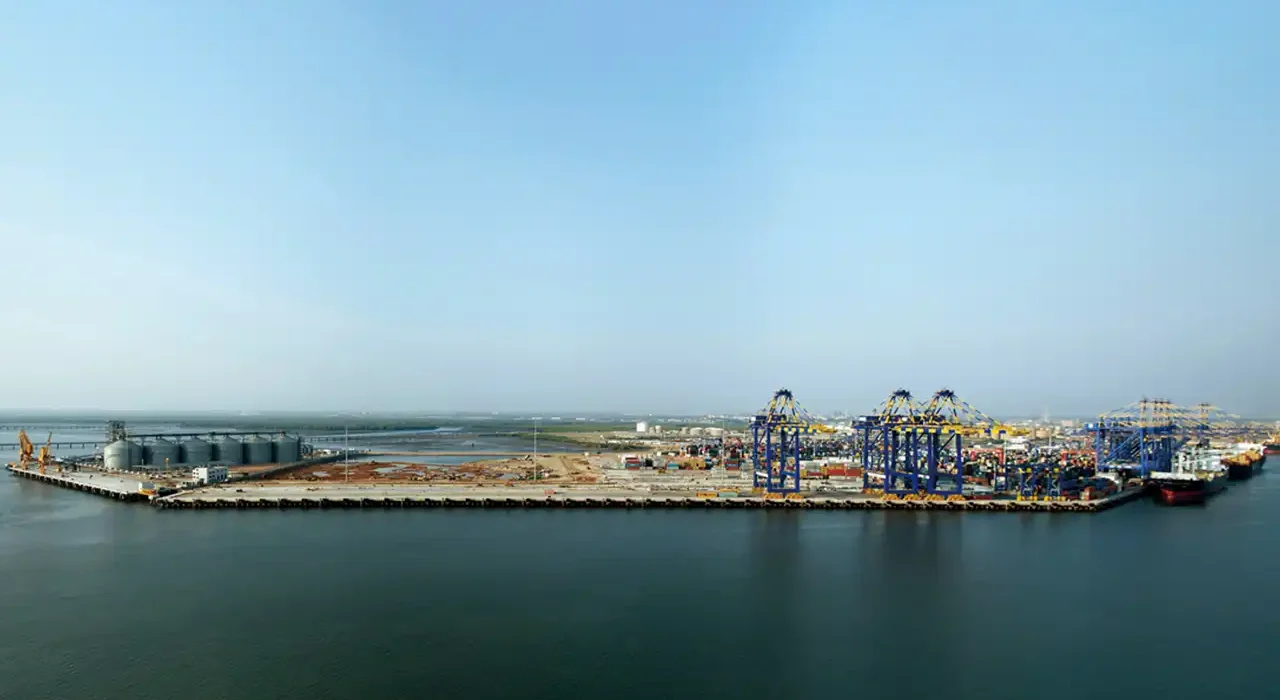Port Qasim Ranks Among Global Top 20 Improving Ports
Port Qasim earns major recognition. It ranks among global top 20 improving ports according to the World Bank’s latest index. The index measures container port performance globally between 2020 and 2024.
What the Ranking Means
World Bank’s Container Port Performance Index (CPPI) tracks port efficiency, turnaround times, and operational reforms. Port Qasim jumped significantly. It now holds 9th place among improving ports. Officials claim a 35.2-point surge in performance since 2020.
Drivers of Port Qasim’s Rise
Federal Minister for Maritime Affairs, Muhammad Junaid Anwar Chaudhry, credits reforms and modernisation at Qasim. He praises infrastructure upgrades, regulatory reforms, and technology adoption. Private operators, especially QICT (Qasim International Container Terminal), improved operational standards.
Port Qasim’s Authority Chairman, Rear Admiral (Retd) Moazzam Ilyas, recognized staff efforts. He promised further investments in digitalization and infrastructure to sustain growth.
Strategic Importance for Pakistan
The recognition underscores Pakistan’s ambition to transform its maritime sector. Port Qasim now appears as a rising regional hub. The government sees it aligning with Pakistan’s trade corridor goals. Improved port performance will likely attract more foreign investment and improve trade efficiency.
The ranking also complements parallel improvements at Karachi Port and Gwadar Port. Together, they aim to position Pakistan as a competitive maritime gateway.
Ongoing Initiatives & Upcoming Projects
Authorities approved a long-standing dredging project for Port Qasim’s navigation channel. That will let larger vessels dock. They plan to improve inland transport linkages and logistics. New berths and expanded storage are in design.
Environmental sustainability features will become central. Port Qasim’s administration seeks cleaner operations and better waste handling.
Challenges Ahead
Port Qasim still faces hurdles. Capacity constraints, congestion, and delays in administrative approvals slow some operations. Infrastructure gaps outside the port remain: roads, rail links, and customs efficiency need attention.
Cost sensitivity also matters. Shippers compare dues and services with regional ports. Port Qasim must balance modernization costs with competitiveness.
Looking Forward
Port Qasim ranks among global top 20 improving ports. That milestone will boost confidence among international shipping, trade, and investment communities.
Momentum now matters. Sustained reforms, capacity upgrades, and transparent governance will decide if Port Qasim climbs further. Stakeholders expect that improved performance translates into lower trade costs and better supply-chain reliability.







